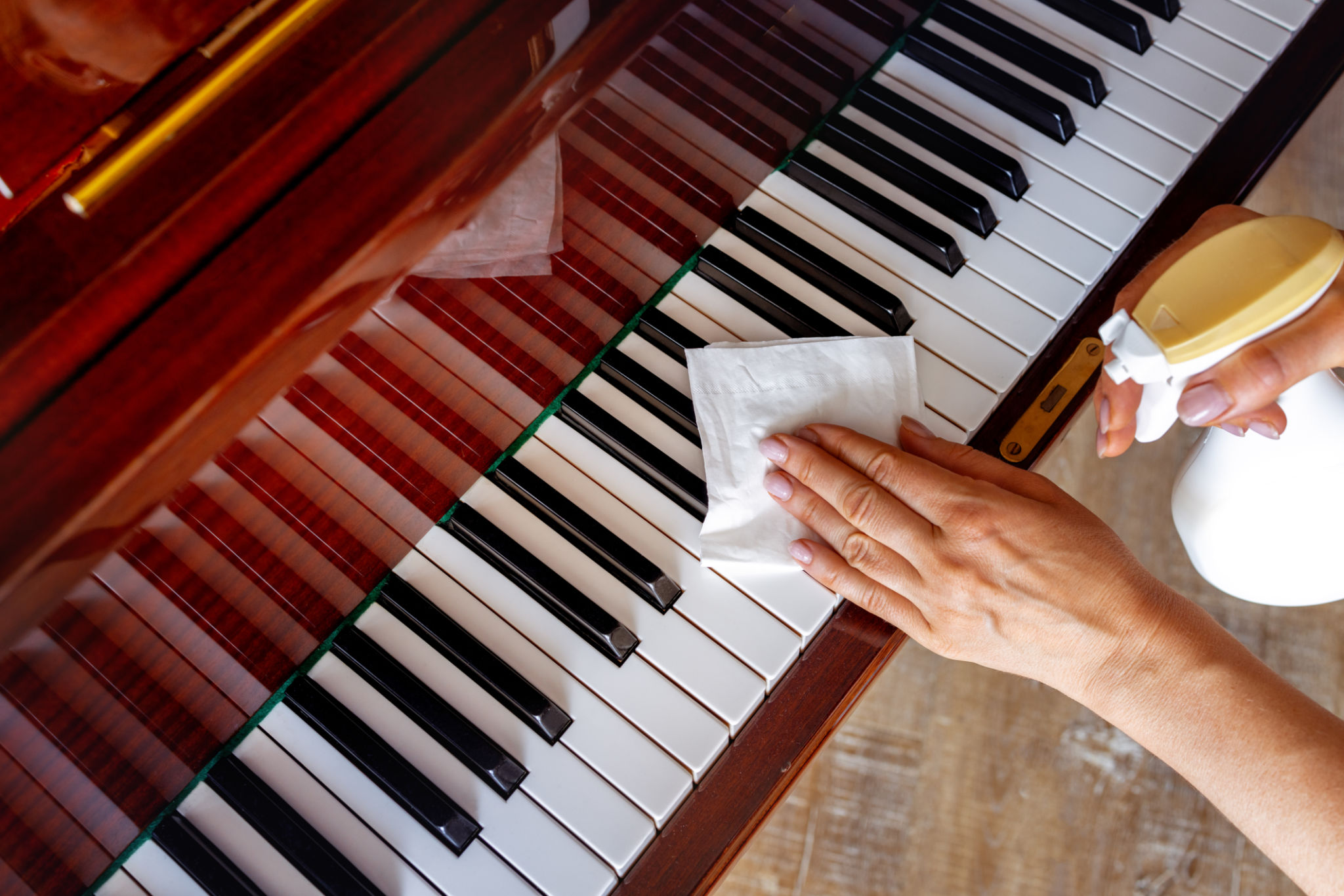DIY Piano Maintenance: Tips and Tricks from Local Experts
Understanding Your Piano
Pianos are intricate instruments with a rich history, and maintaining them requires a certain level of understanding. Familiarizing yourself with the basic components such as the keys, strings, and hammers can greatly enhance your DIY maintenance skills. This knowledge will help you handle minor repairs and regular upkeep without causing any unintentional damage.
One of the most important things to remember is that regular tuning is essential. A piano should ideally be tuned at least once or twice a year. While some tasks can be done at home, tuning is best left to professionals unless you have advanced skills.

Basic Cleaning Techniques
Keeping your piano clean is crucial for its longevity. Dust and dirt can accumulate over time, affecting both the appearance and performance of the instrument. Use a soft, damp cloth to gently wipe down the keys, ensuring that no moisture seeps between them.
The exterior wood can be polished with specialized products designed for pianos, enhancing its natural shine. Always avoid harsh chemicals or abrasive materials that could damage the finish. Remember, less is more when it comes to cleaning products.

Maintaining Key Action
The action of the keys, or how they respond to touch, is vital to your playing experience. If you notice a key sticking or not producing sound correctly, it might be time for some at-home troubleshooting. Start by checking for visible obstructions or debris between the keys.
If the issue persists, it might be linked to humidity levels in your home. Pianos are sensitive to changes in humidity and temperature, which can cause keys to stick. Consider investing in a humidity control system or a simple dehumidifier for your piano room.

String and Hammer Care
The strings and hammers in your piano require careful attention. Over time, strings can become corroded or lose tension, leading to tuning issues or a dull sound. While string replacement is a task often best left to professionals, you can keep them clean and check for signs of wear with regular inspections.
Hammers can suffer from wear and tear as well. If you notice a change in tone or volume, it may be due to felt wear or hardening. Some DIYers choose to lightly sand the felt to restore its suppleness, but this should be done with caution to avoid uneven wear.

DIY Repair Kits
For those who are more adventurous, there are DIY repair kits available that contain tools and materials for minor repairs. These kits can be handy for tasks like fixing loose keys or replacing small parts. However, always assess the complexity of the repair before proceeding on your own.
While DIY kits are useful for small fixes, professional help should be sought for more complex issues like action regulation or complete restringing. It's important to know your limits to avoid causing further damage.

